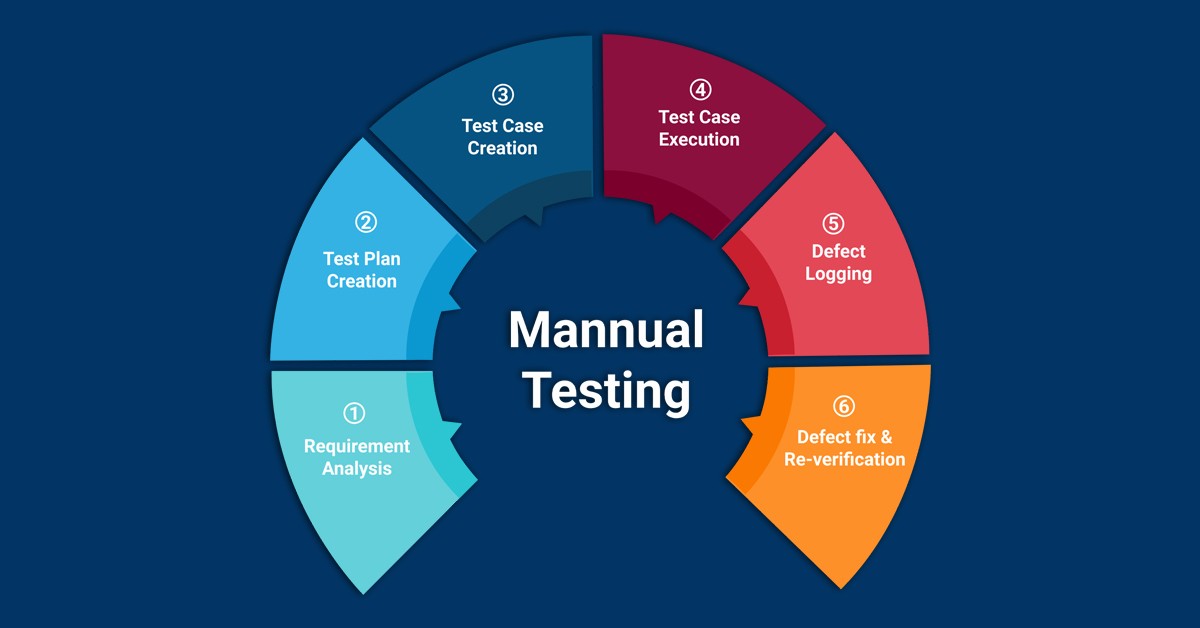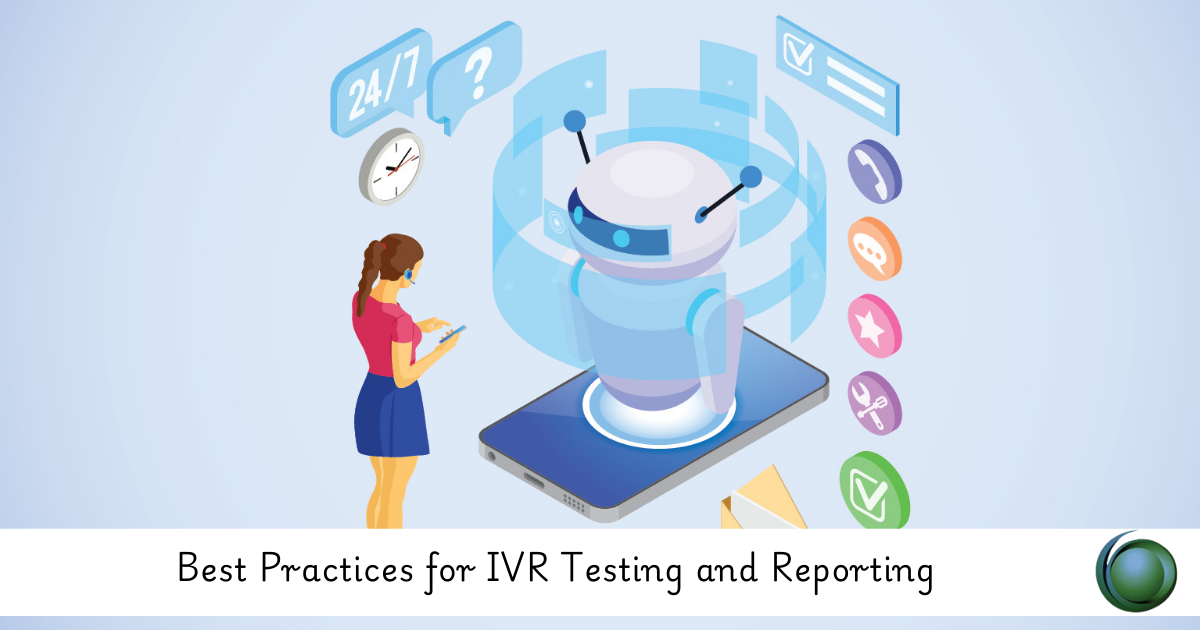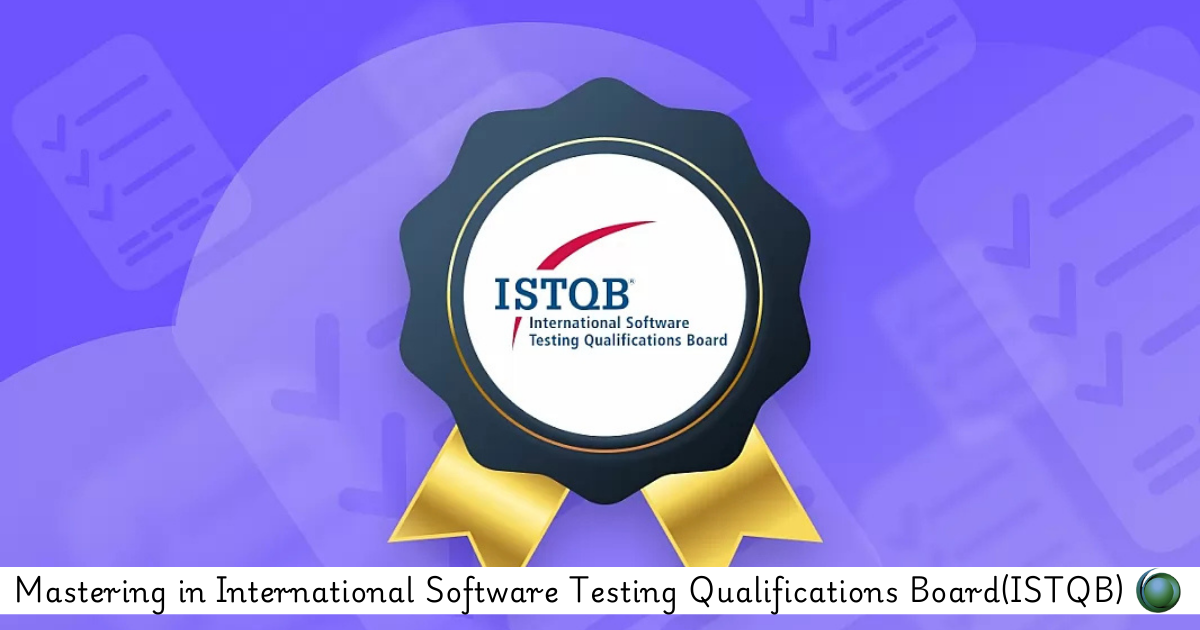Description
Introduction of Manual Testing Essentials
The “Manual Testing Essentials: Techniques and Processes” course is designed to provide participants with the knowledge and skills needed to effectively perform manual software testing. Manual testing is a fundamental practice in the software development lifecycle (SDLC) and remains critical for ensuring software quality, especially in scenarios where automation is either not feasible or appropriate.
This course covers the principles, techniques, and best practices of manual testing, helping participants understand how to detect bugs, validate functionality, and ensure that software meets user requirements. Participants will learn about different types of testing (functional, non-functional, regression, etc.), the software development lifecycle (SDLC), defect reporting, and test case writing. The course also emphasizes how manual testing integrates with Agile and DevOps methodologies, ensuring testers are equipped to work in modern, fast-paced environments.
Prerequisites:
- No prior testing experience is required.
- Basic understanding of how software applications work (optional).
- Familiarity with software development lifecycle (SDLC) concepts is helpful but not mandatory.
Table of Content:
1: Introduction to Software Testing
- What is Software Testing?
- Importance of Manual Testing in the SDLC
- The Role of Manual Testing in Ensuring Software Quality
- Differences Between Manual and Automated Testing
2: Fundamentals of Manual Testing
- Key Concepts: Bug, Defect, Error, and Failure(Ref: Test-Driven Development (TDD): Best Practices for Agile Teams)
- Overview of Testing Levels: Unit, Integration, System, and Acceptance Testing
- Types of Testing: Functional, Non-Functional, Regression, and Smoke Testing
- The Testing Life Cycle (TLC)
3: Understanding the Software Development Life Cycle (SDLC)
- Waterfall, Agile, and DevOps Methodologies
- How Testing Fits into Different SDLC Models
- Manual Testing in Agile and Scrum Frameworks
- The Role of Continuous Testing in DevOps
4: Writing Effective Test Cases
- What are Test Cases and Test Scripts?
- Structure of a Good Test Case (Test Scenario, Test Steps, Expected Results)
- Writing Positive and Negative Test Cases
- Test Case Design Techniques: Boundary Value Analysis, Equivalence Partitioning, Decision Tables
5: Test Planning and Strategy
- Importance of Test Planning in Software Projects
- Components of a Test Plan Document
- Test Coverage and Risk-Based Testing
- Prioritizing Test Cases and Test Scenarios
6: Executing Tests and Reporting Defects
- Performing Manual Test Execution: Step-by-Step Process
- Logging Test Results and Tracking Progress
- Defect Reporting: Writing Clear and Actionable Bug Reports
- Defect Management Tools (JIRA, Bugzilla, etc.)
7: Exploratory Testing Techniques
- What is Exploratory Testing?
- Techniques for Effective Exploratory Testing
- Time-Boxing and Test Charter Creation
- Balancing Exploratory and Structured Testing
8: Test Environments and Test Data Management
- Setting Up and Configuring Test Environments
- Importance of Test Data in Manual Testing
- Managing Test Data for Consistent Testing Results
- Working with Database Testing in Manual Testing
9: Regression Testing and Test Maintenance
- What is Regression Testing and Why is it Important?
- Manual Regression Testing: Techniques and Best Practices
- Managing and Maintaining Test Cases for Future Releases
- Handling Changes and Updates in Software
10: Manual Testing in Agile and DevOps
- Testing in Short Iteration Cycles (Sprints)
- Collaborating with Developers in Agile Teams
- Role of the Tester in DevOps: Continuous Testing and Integration
- Manual Testing in CI/CD Pipelines
11: Tools for Manual Testing
- Overview of Test Management Tools (TestRail, Zephyr, etc.)
- Bug Tracking Systems and Their Role in Manual Testing
- Using Spreadsheets for Test Case Documentation
- Collaboration Tools for Agile Testing Teams (Confluence, Slack)
12: Final Project and Case Study
- Real-World Case Study: End-to-End Manual Testing of an Application
- Writing Test Cases and Executing Tests
- Identifying and Reporting Defects
- Creating the Final Test Report
Conclusion:
By completing this course, participants will gain a strong foundation in manual testing techniques and processes. They will learn how to create effective test cases, identify defects, and collaborate with development teams to deliver high-quality software. Manual testing continues to play an essential role in the software quality assurance process, and the knowledge gained from this course will ensure that testers can adapt to a variety of testing scenarios, especially in agile and dynamic environments.







Reviews
There are no reviews yet.